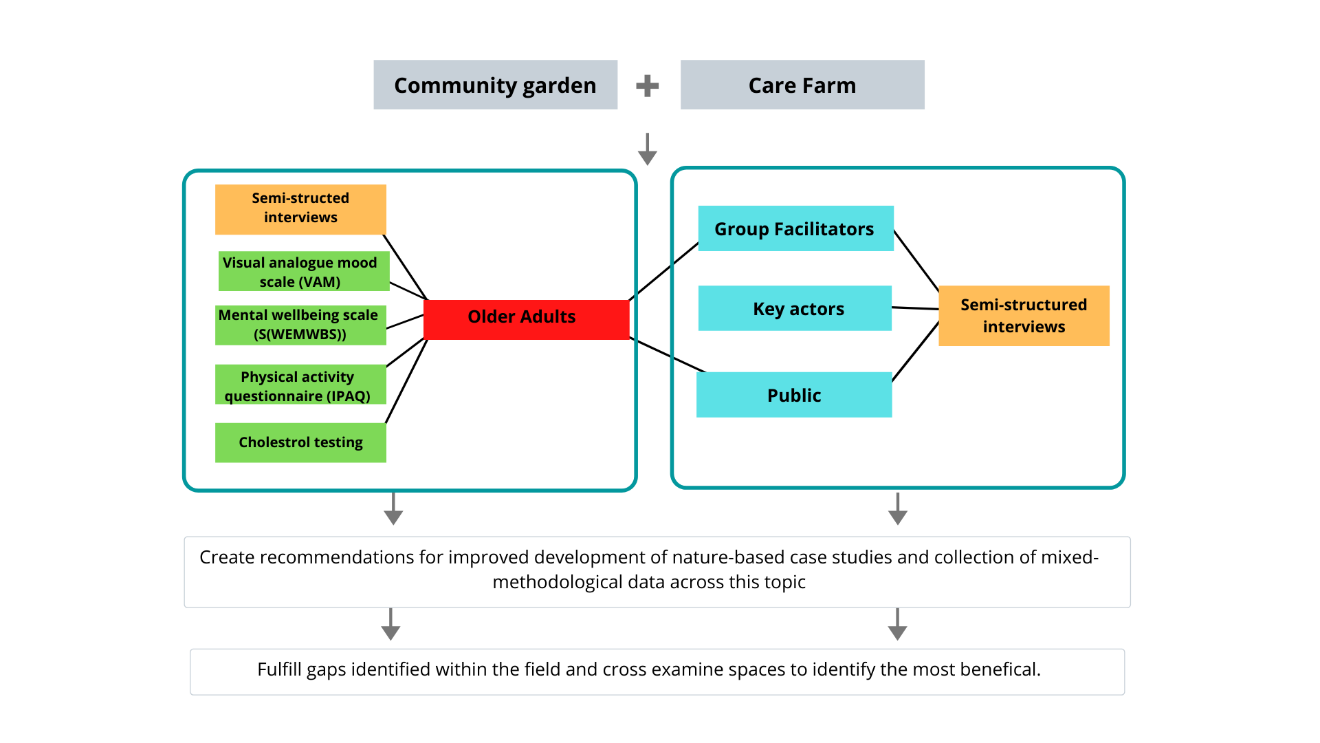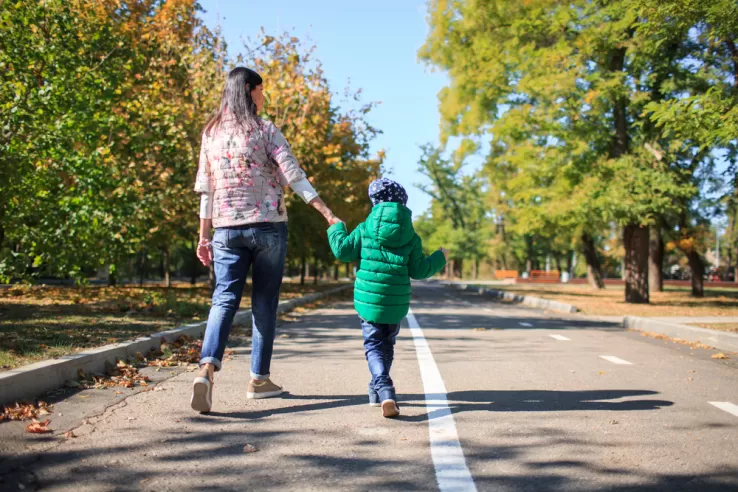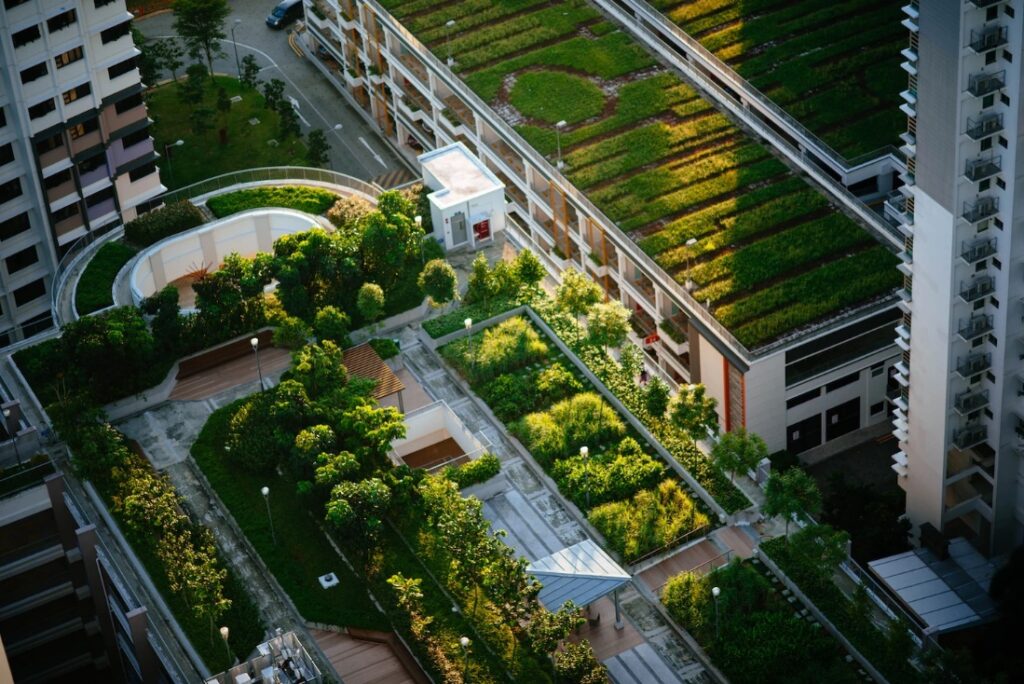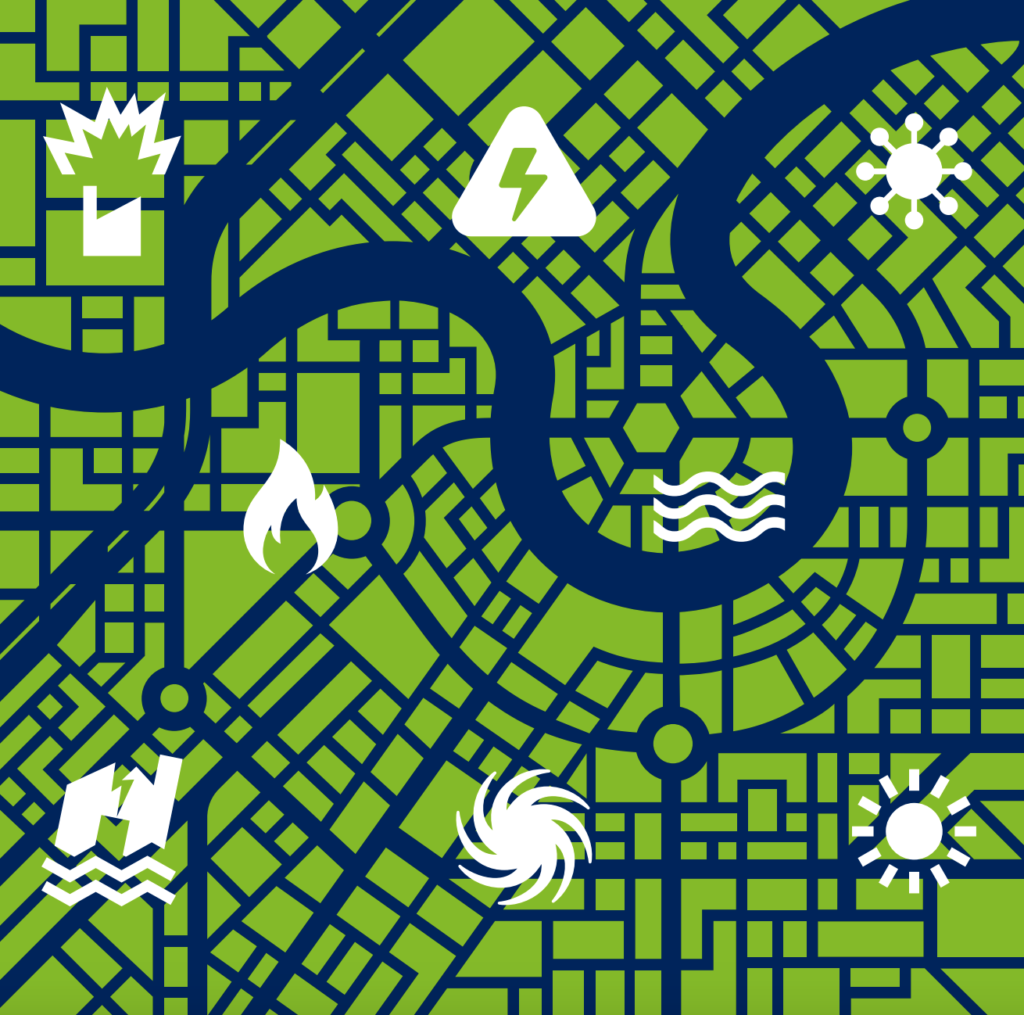City Know-hows

Target audience
Organizations involved in nature-based solutions or Green Care activities, health promotion professionals, and communities.
The problem
There has been an increased desire to use nature to tackle health inequalities, especially due to the recent covid-19 pandemic but also through prescribing access and activities outdoors. In particular this has been growing in the United Kingdom in the form of community gardens and care farms, but we need to increase our understanding of the impacts on health to further advocate for the expansion.
What we did and why
We raise awareness of the value of interventions such as community gardens and care farms, while advocating for radical methods to be embedded in research and present their use in a case study based around these sites.
Our study’s contribution
We add:
• Awareness of interventions and research in the use of nature for health and wellbeing
• An outline of pilot radical methods employed for use in research projects.
• A discussion of the limitations of interdisciplinary methods within the world of health geography
Impacts for city policy and practice
We suggest an increased awareness of the value of outdoor spaces across all populations, but research into the field being done so in a careful and crafted way to ensure protection of participants when investigating the impacts of health and wellbeing.
Further information
Full research article:
Mind, body and blood: advancing green care through innovative methodologies within the field of health geography by Louise M. Mitchell, Michael Hardman, Michelle L. Howarth & Penny A. Cook
Related posts

Access to green spaces and a walkable neighborhood are essential for maintaining good health, particularly for vulnerable populations. Thus, it is imperative to ensure that individuals have the opportunity to reside in neighborhoods that are not only walkable, but also equipped with adequate green spaces conveniently located within a reasonable walking distance.

Urban greening interventions have been shown to increase the climate resilience of our cities and improve the health outcomes of residents. How can we use open data to target these interventions more effectively and maximise the benefits of increased greening?

As emerging challenges have made urban areas increasingly vulnerable, jeopardizing the health and well-being of their inhabitants, resilience should be seen as a pathway for healthy cities and integrated into urban planning practices. This study shows if and how existing indicator frameworks can identify urban systemic vulnerabilities and priorities for resilience building to provide local authorities with evidence crucial in planning for healthy and resilient cities.